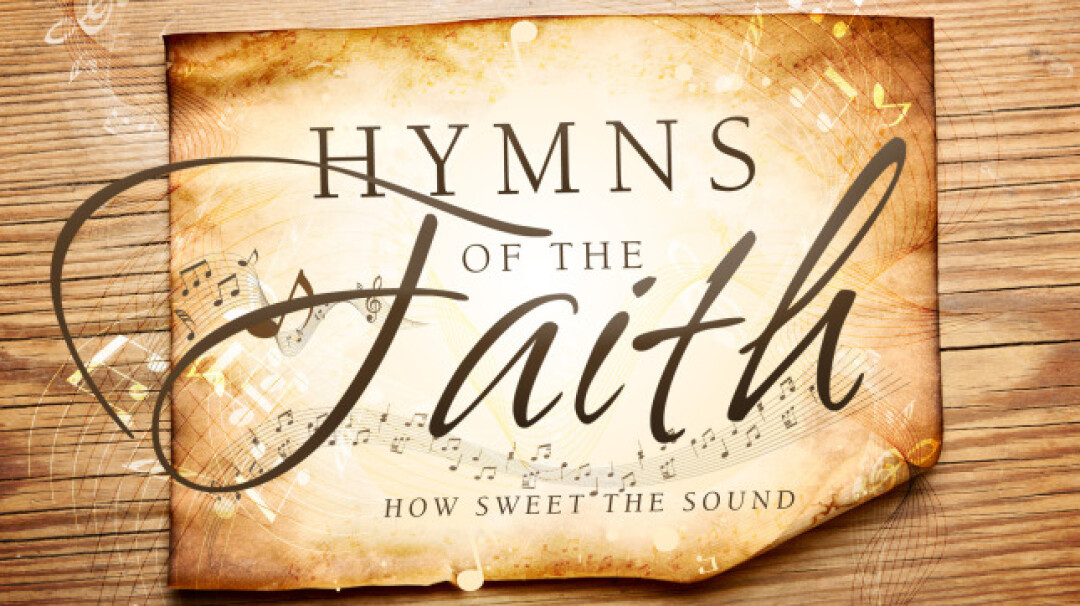

"Said to be a favourite of King Charles’, ‘Be Thou my Vision’ is one of the oldest hymns in the world. Its text has its origins in 6th-century Ireland, in a poem attributed to early Christian Irish poet Dallán Forgaill. In the early 20th century, Forgaill’s Gaelic words were translated into English by Mary Elizabeth Byrne, and soon after adapted into verse by Eleanor Hull.
"Today, the text is usually sung to an Irish folk tune known as ‘Slane’, an ever-rising and deeply satisfying melody which gradually opens up through the verse, before resolving on the tonic on the final three notes."
from The 15 greatest, most rousing hymns of all time
"Be Thou My Vision" was the middle hymn at Pender's Music Appreciation Sunday on June 11, 2023 It was sung by Pender's congregation, accompanied on piano by Heidi Jacobs and guitar by Brian Stevenson.
"Be Thou My Vision"
Versified by Eleanor Hull
The United Methodist Hymnal, No. 451
Be thou my vision, O Lord of my heart;
Naught be all else to me save that thou art.
Thou my best thought, by day and by night,
Waking or sleeping, thy presence my light.
Sometimes hymn singing invites us to connect with the saints who have gone before. Such is the case with the famous Irish hymn, "Be Thou my vision." The original poem, found in two Irish manuscripts in the library of the Royal Irish Academy, may be dated as early as the 8th century.
Quite often, older hymns come to us as a collaborative effort before we are able to sing them from our hymnals. The Irish text, beginning "Rob tu mo bhoile, a Comdi cride," was translated into literal prose by Irish scholar Mary Byrne (1880-1931), a Dublin native, and then published in Eriú, the journal of the School of Irish Learning, in 1905. Byrne was also known for her academic publications, including Old and Mid-Irish Dictionary, Dictionary of the Irish Language, and a treatise, England in the Age of Chaucer.
The original prose translation comes to us in 16 couplets.
The first is: Be thou my vision, O Lord of my heart. None other is aught but the King of the seven heavens.
And the last is: O heart of my heat, whate'er befall me, O ruler of all, be thou my vision.
It is at this point that Eleanor Hull (1860-1935) enters the story. Born in Manchester, England, she was the founder of the Irish Text Society and president of the Irish Literary Society of London. Hull versified the text and it was published in her Poem Book of the Gael (1912).
Following the original publication in Ireland, the hymn was included in a number of British hymnals. After World War II, the hymn came to the attention of hymnal editors in the U.S. and it has become a standard hymn in most hymnals today.
Irish liturgy and ritual scholar Helen Phelan, a lecturer at the University of Limerick, points out how the language of this hymn is drawn from traditional Irish culture: "One of the essential characteristics of the text is the use of 'heroic' imagery to describe God. This was very typical of medieval Irish poetry, which cast God as the 'chieftain' or 'High King' (Ard Ri) who provided protection to his people or clan. The lorica is one of the most popular forms of this kind of protection prayer and is very prevalent in texts of this period." The original chieftain language of the "High King of heaven" has given way to the more inclusive "Great God" in the UM Hymnal.
When Hull's versification was paired with the lovely traditional Irish tune SLANE in The Irish Church Hymnal in 1919, its popularity was sealed. The folk melody was taken from a non-liturgical source, Patrick Weston Joyce's Old Irish Folk Music and Songs: A Collection of 842 Airs and Songs hitherto unpublished (1909).
"Most 'traditional' Irish religious songs are non-liturgical," says Dr. Phelan. "There is a longstanding practice of 'editorial weddings' in Irish liturgical music, where traditional tunes were wedded to more liturgically appropriate texts. This is a very good example of this practice."
It was on Slane Hill in County Meath around 433 CE that St. Patrick lit candles on Easter Eve, defying a decree by High King Logaire of Tara that no one could light a fire before the king signaled the beginning of the pagan spring festival by lighting a fire on Tara Hill. King Logaire was so impressed by Patrick's devotion that, despite his defiance, he was permitted to continue his work as Ireland's first Christian missionary.
Dr. Hawn is director of the sacred music program at Perkins School of Theology.


